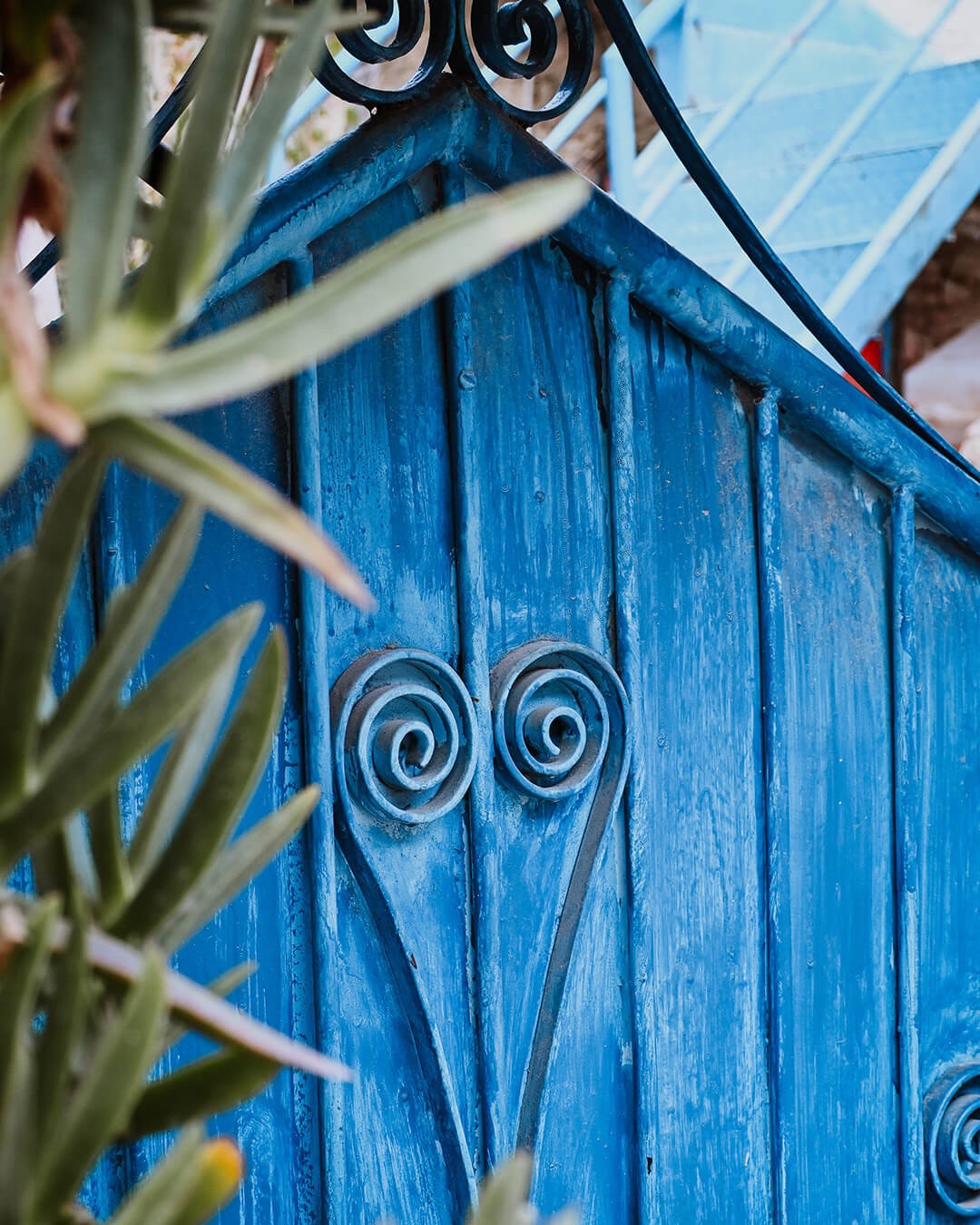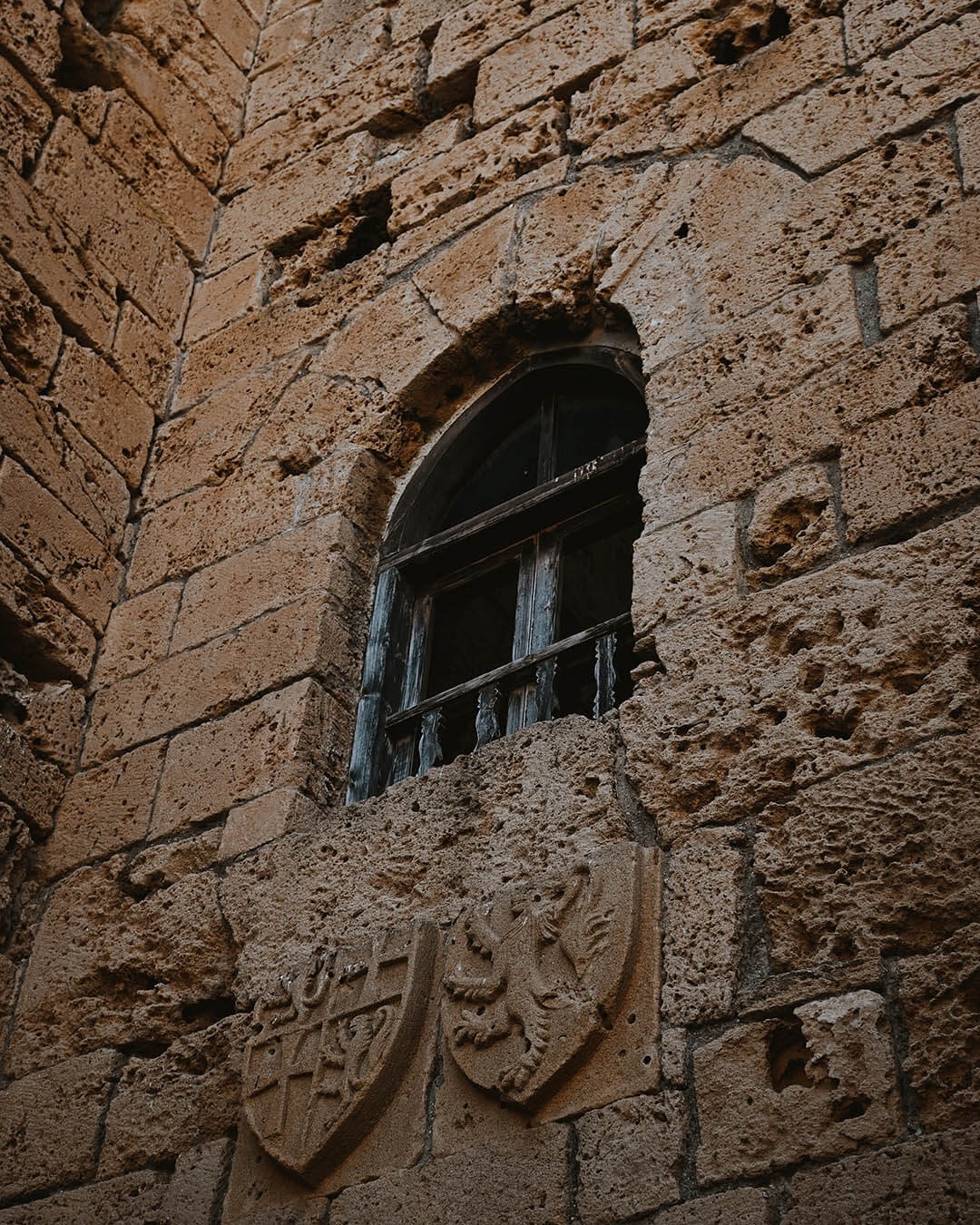Kolossi Castle
- Limassol
- Monument
Located on the southern coastal plain of Cyprus, west of Limassol city, Kolossi Medieval Castle stands as an exemplary fortification, representative of its era.
The castle was constructed during the Frankish rule of the island in the year 1210, under the military order of the Knights of the Hospital of Saint John of Jerusalem, also known as the Knights Hospitaller. For a brief period, it came under the ownership of the Knights Templar before returning to its original owners. After enduring raids by the Mamluks in the mid-1400s, the castle suffered destruction. However, it was rebuilt in the 15th century, under the direction of Commander Louis de Magnac, assuming the form it has today.
Kolossi Castle is an excellent representation of medieval military architecture. This three-storey structure is crafted from limestone blocks. The ground floor encompasses three halls with arched roofs, likely serving as storage rooms. The second floor consists of two halls, one of which contains a large fireplace, indicating its use as a kitchen. An interior stairway leads to the third floor, which features two separate areas, possibly a dining room and a bedroom. A spiral staircase then leads to the castle's roof, adorned with merlons and crenels, offering a splendid view of the surrounding vineyards, castle gardens, and Kolossi village.
Adjacent to the castle's east lies the sugar factory, dating back to the 14th century, with its primary building being an oblong stone structure with arched ceilings. North of the main building are the remnants of the sugarcane crushing mill and an aqueduct. A short distance away, the church of Saint Efstathios, a small 12th-century stone building with a vaulted, cruciform shape, is of great significance. Inside the church, three vaulted arches are featured, and the remains of 15th-century frescoes can be admired on the dome.
In addition to its unique architecture and military history, Kolossi Castle and its surroundings are closely associated with Commandaria, the sweet red wine produced in Cyprus. During the Knights' stay in Cyprus, they produced and exported the local wine, which they named "vin de Commanderie" or Commandaria, as part of the "La Grande Commanderie" feud.
Today, Kolossi Castle stands as one of the most distinguished monuments on the island, bearing witness to centuries of history and providing visitors with an exquisite experience, evoking the world of knights through its architecture, the remnants of the sugarcane factory, and the Byzantine church.
Other locations
All locationsKtima Christoudia Winery
Larnaca | Winery
Nestled in the heart of the island of Cyprus, in Larnaca district, Ktima Christoudia Winery promises a sensory journey through the vineyards, the winemaking ...
MV Demetrios II Shipwreck
Paphos | Point of interest
Silent and hauntingly beautiful, shipwrecks have intriguing stories to narrate. Among them M/V Demetrios II Shipwreck that was washed ashore in the coasts of...
Old Church of Saint Nicholas
Limassol | Church
The partially submerged church of Saint Nicholas is a quite fascinating landmark, emerging out of the waters of Kouris dam, in Limassol district.
Kyrenia Castle
Kyrenia | Monument
Like something straight out of a fairytale, Kyrenia Castle stands at the entrance of the city's port, with almost all of its fortifications intact, it is one...



